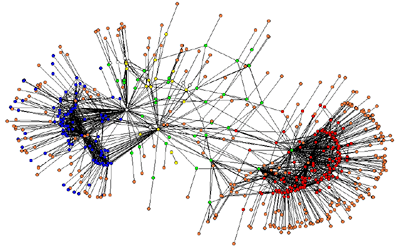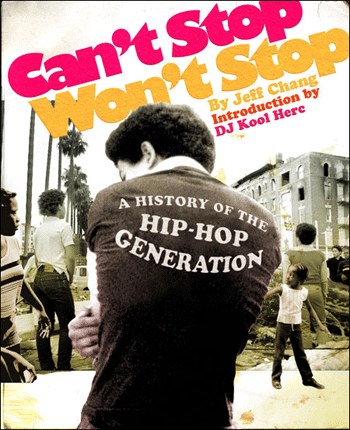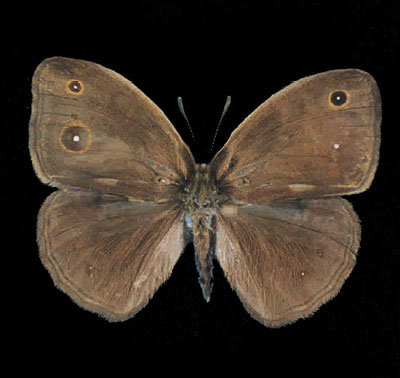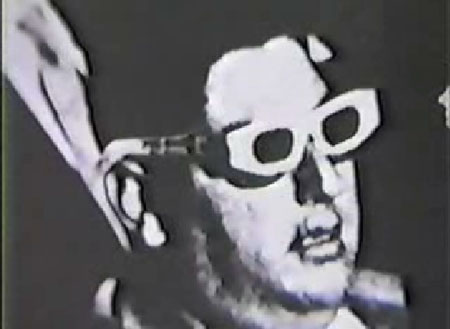Samples from the Heap: Notes on Recycling the Detritus of a Remixed Culture, by Bernard Schütze
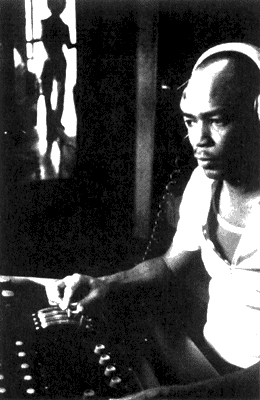
King Tubby
Image source: reggae.com
Text source: Zone 0
Mix, mix again, remix: copyleft, cut ‘n’ paste, digital jumble, cross-fade, dub, tweak the knob, drop the needle, spin, merge, morph, bootleg, pirate, plagiarize, enrich, sample, break down, reassemble, multiply input source, merge output, decompose, recompose, erase borders, remix again. These are among many of the possible actions involved in what can be broadly labeled “remix culture” – an umbrella term which covers a wide array of creative stances and initiatives, such as: plunderphonics, detritus.net, recombinant culture, open source, compostmodernism, mash-ups, cut-ups, bastard pop, covers, mixology, peer to peer, creative commons, “surf, sample, manipulate”, and uploadphonix. (more…)

